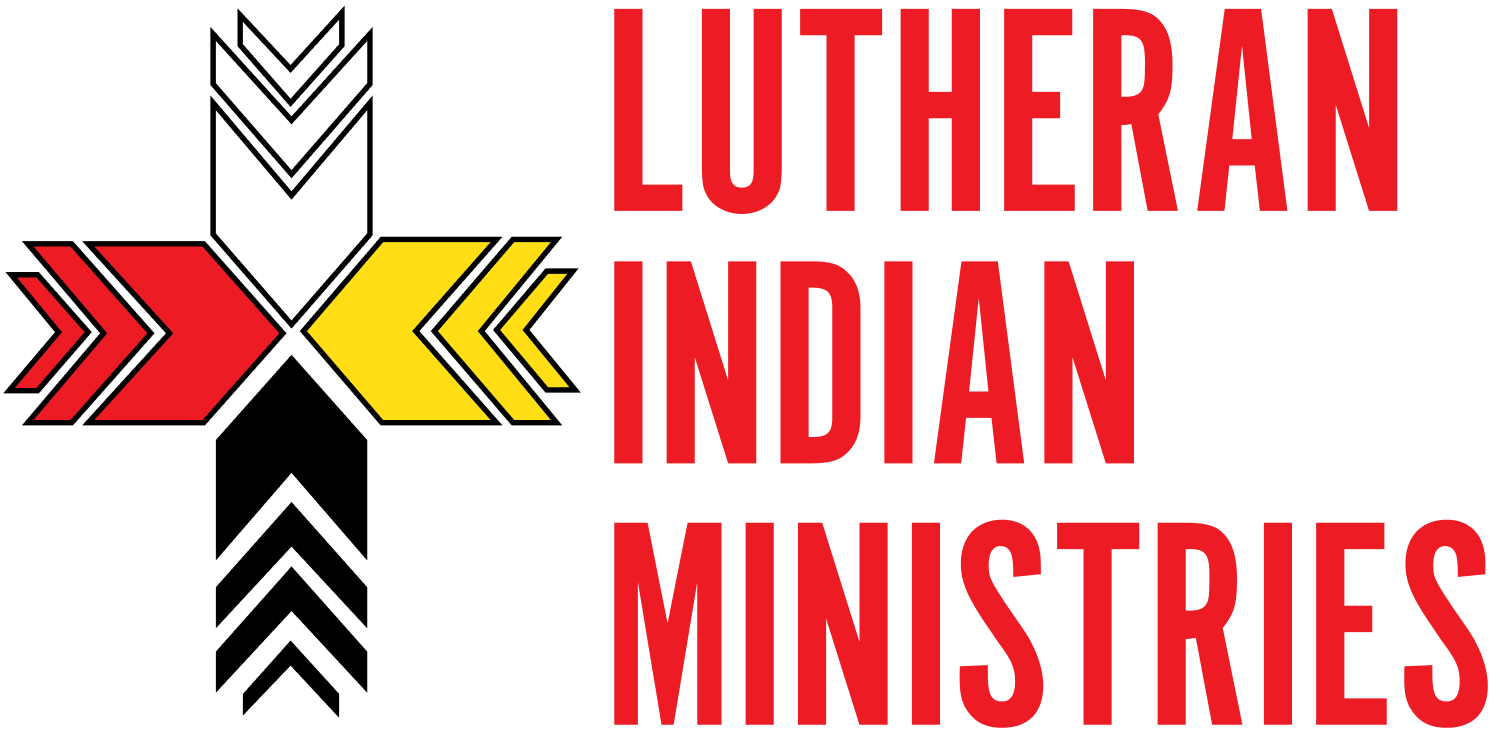This Week in Native American News (4/28/17): welcoming of tourists, gathering of tribes and burying of bones.
April 28, 2017
Great People Doing Great Things: Helping Native Youth Navigate Medical School
At an event that’s all about improving education in the health-care community, Eric Brodt MD, a physician at Oregon Health & Science University, started his speech talking about how education had negatively affected someone close to him. A member of the Dakota tribe, his great-grandmother was forcefully taken from her land to be “educated” — and within a generation, her people went from learning four native languages to only learning English. At that time for American Indians, “education was the vehicle by which you were separated from your culture — from the core of what held you together,” Brodt explained. In fact, “education was used to take what was dearest from us and to try and extract it.
Brodt founded the organization We Are Healers, designed to identify young American Indian students who are interested in pursuing medicine and eventually helping them navigate their path through medical school. “It’s not just about the kids,” he said. “It’s about the elders. It’s about the family members.” In other words, this project will have deep reverberations throughout the community.
Read the whole story here
Also on the subject of health education, Alika Lafontaine, the collaborative team lead at the Indigenous Health Alliance, speaks to the assumptions many have about how to fix Native Health Care.
"Of everything we believe when creating public policy, expectations are likely the most important. [We expect change to take time.] These are not facts. These are expectations. Expectations don’t take decades to change. They change in a moment."
Read her full speech here
Bringing His People Home
It’s not often that Eric Hemenway gets to bury a whole person. In fact, it’s happened only once. That time it was a baby, or at least a skeleton of a child. Her skull and bones had been tucked into a cigar box after being dug up sometime in the 1890s during a road construction project near Detroit. There were 60 bodies accidentally excavated along with her, likely the population of an entire village. As was the practice at the time, someone from the road crew presumably contacted the nearest museum and delivered the remains there. And that’s where this cigar-box child remained, forgotten in some storage area for more than a hundred years. Until Eric Hemenway came asking about her, to put her back in the ground.
"One time, I had to go out to Nebraska to get remains. It was eight skulls and a big box of bones, and they were all young men in their 30s—like I was at the time. They were ancient people, too, like, 2,000 years old, and all from Michigan. You know, you can’t not wonder, ‘Who are you? And how did you die?’ I mean, I brought them back because I had to. But it was not a comfortable drive back with those guys in the car with me.”
Read more about Eric and repatriation here
Speaking of returning items, for more than a century, Native American remains and artifacts, including sacred objects, were regarded by archaeologists and anthropologists as research material. But that has changed in the past five decades; many objects have been returned to their tribes.
In Plundered Skulls and Stolen Spirits, Chip Colwell, an anthropologist and curator at the Denver Museum of Nature & Science in Colorado, ably and sensitively tells the often conflict-ridden story of how and why museums in the US relinquished their hold over this material. Recalling his own involvement, Colwell writes: “My job was to both protect and return the collections I oversaw.”
Read the full article: "Love Your Antrhological Collection? Then Hand it Back." here
Making Native America a Destination
The Blackfeet Indian Reservation rolls across the plains just east of Glacier National Park. There’s a hotel and casino. There are gas stations, a few eateries and a museum to learn about the culture and history of the people that have occupied the territory long before the arrival of the U.S. Cavalry and the hordes of modern-day visitors who roll into the nearby mountains.
But despite its proximity to the national park, little of the money spent by tourists end up in the business tills of the reservation’s communities.
While Montana might be known internationally for recreational jewels such as Glacier and Yellowstone national parks, Native Americans say the state needs to do more to develop and promote its vast tribal lands as tourist destinations.
Read the full story here
More interesting articles:
Why Native Americans Don't Separate Religion and Science
Librarians Lyrical Analysis of Native Hip-Hop Artists
The Navajo Nation will not Change its Name to Dine Nation
It's hard to fit so much news in such a small space.
To read all of this week's news, visit the LIM Magazine.
Sign up to get these emails in your inbox and never miss a week again!






